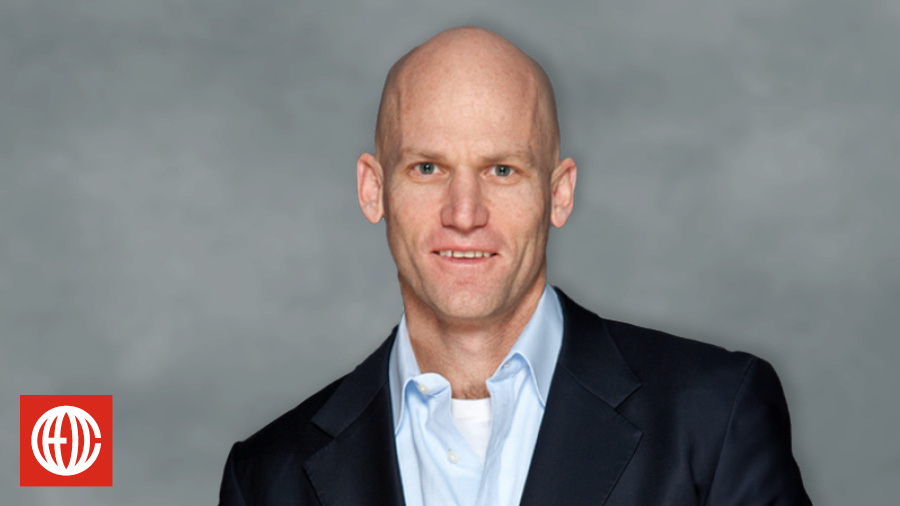
As the first members of Gen Z begin building their careers, a company’s workforce might now span five generations of workers. That’s five generations of people with very different life experiences, histories with technology, relationships with coworkers, and expectations for what kind of meaning their jobs should provide.
It’s also, perhaps, a once-in-a-generation opportunity for CEOs to revolutionize how their companies work and what Making BIG Happen means.
The key? Effective communication to your multigenerational workforce, incorporating these four strategies:
1. Challenge — and harness — the stereotypes.
Banish all preconceptions about “lazy Millennials,” “entitled Gen Zers,” or “ultraconservative Boomers.” Instead, flip those stereotypes around and, from a more positive perspective, you’ll appreciate the common strengths that many workers from the same generation share, and develop strategies for maximizing those strengths:
- The Silent Generation (born 1928 – 1945) could run the gamut from high-level executives and board members all the way down to part-time, semiretired customer service reps. You know they value hard work because … they’re still working! Give them opportunities to share their experience and expertise, as well as a chance to connect to employees and customers who will appreciate a personal but professional touch.
- Baby Boomers (born 1946 – 1964) came of age when one typically spent decades at the same company and retired at 65. They tend to value workplace stability and face-to-face interaction. Consider giving your Boomers more structured teams and responsibilities where continuity is a key goal.
- Gen X (born 1965 – 1980) grew up along with the personal computer, so they can be helpful bridging the gaps in your company between communication preferences. But because they’ve always spent time alone in front of a computer, Gen Xers also tend to be more individual and self-reliant. Give a Gen Xer a task, leave them alone, and trust they’ll take care of it.
- Millennials (born 1981 – 1996) often share characteristics with Gen Xers, such as a blending of the analogue and the digital. They’re also the first social media and smartphone generation, and they entered adulthood in the shadow of 9/11 and the Great Recession. As a result, they want their work to be meaningful and their voices to be heard. If they don’t feel their contributions matter, they’ll jump to a new employer with a better culture of recognition.
- Gen Z (born 1997 and later) are digital natives who consider their phones and tablets an appendage. They’ve spent their whole lives interacting with a global community and put a high value on collaboration with a diverse group of people. The breadth of their digital communication and media exposure has made Gen Z highly attuned to social, political, and economic issues. They expect their employer to be a force of good in the world. These are the people you want connecting your digital presence to values and missions that are bigger than profit.
2. Diversify your roles and your teams.
Ultimately, you’re managing people, not labels. CEOs should be sensitive to the differences in their multigenerational workforce while still treating each employee as an individual.
Think about relaxing your personal preferences for how a job should be done, or has traditionally been done. Be clear on your BIG goals and expectations, and then free top talent to find their own path from A to Z. A “conservative” Boomer might surprise you with an innovative breakthrough. Your “digital natives” might discover that they get more done when they’re in the same room together.
Having a diverse group of people in those rooms can be a huge value add as well. Study after study has found that diverse teams outperform homogenous ones. There’s a special kind of magic when people with a variety of life and work experience are all focused on the same BIG objective. Assumptions get challenged. Boundaries get pushed. Ideas spark. Perspectives widen. New understanding creates new modes of collaboration. And as your company’s capabilities expand, so too will your reputation for innovation, inclusion, and nurturing diverse talent in a multigenerational workforce.
3. Reward achievement without sacrificing equality.
Assuming they’re happy in their work and paid well, Boomers and Gen Xers might not be interested in testing their value and exploring other opportunities. But happiness could turn into resentment if they feel passed over when you’re looking to fill a new management position.
On the other hand, your Millennial and Gen Z employees are probably looking at other jobs right now, no matter how happy they are. Younger workers have very strong opinions about their worth. Your total comp package better match up if you don’t want them clicking APPLY.
What that package should look like is one challenge that CEOs and their HR departments need to think long and hard about. In most organizations, the best employees deserve to get more: a higher salary, more paid time off, better benefits. But in a multigenerational workforce, there’s a risk that employees might see wage disparities as unfair. That’s why it’s so important to show employees a clear progression path towards promotions and higher compensation, including, when appropriate, profit sharing. Set benchmarks and establish timetables. Give staff of all ages the support they need to progress, including access to advanced training and mentorship from company leaders. And when employees hit those targets, celebrate the win and deliver what they’ve earned.
CEOs should also expand their thinking on what attractive benefits mean to a multigenerational workforce. A potential Gen Z hire might look at a daycare program they won’t use and think your company only cares about older employees. As a tradeoff, you could offer that person a larger allotment of weekly volunteer hours or an extra week of sabbatical time.
4. Drive a culture of accountability.
While CEOs might need to take a team-by-team, person-by-person approach to recruiting, retaining, and managing a multigenerational workforce, what your people are working towards should be clear, uniform, inspiring, and above all, BIG. So-called “quiet quitting” — working just enough to get by and setting firm boundaries on what you will and won’t do “for the company” — isn’t possible at an organization whose culture is oriented towards winning a little bit more every single day.
If your teams are hitting benchmarks easily, challenge them next quarter by raising the bar. The employees who rise to the challenge likely won’t represent a single generation — they’ll be a group of exemplary people whose hard work embodies the culture you want to keep building.
And when you finally let go of that Boomer who’s been dragging down his department for years or that Millennial who’s just in it for himself, no one will think you’re being ageist. They’ll appreciate working for a CEO who holds everyone to the same standards and is committed to Making BIG Happen for the company and every individual employee.
About CEO Coaching International
CEO Coaching International works with CEOs and their leadership teams to achieve extraordinary results quarter after quarter, year after year. Known globally for its success in coaching growth-focused entrepreneurs to meaningful exits, CEO Coaching International has coached more than 1,000 CEOs and entrepreneurs in more than 60 countries and 45 industries. The coaches at CEO Coaching International are former CEOs, presidents, or executives who have made BIG happen. The firm’s coaches have led double-digit sales and profit growth in businesses ranging in size from startups to over $10 billion, and many are founders that have led their companies through successful eight, nine, and ten-figure exits. Companies working with CEO Coaching International for two years or more have experienced an average revenue CAGR of 31% (2.6X the U.S. average) and an average EBITDA CAGR of 52.3% (more than 5X the U.S. average).
Learn more about executive coaching | Meet our world-class coaches





